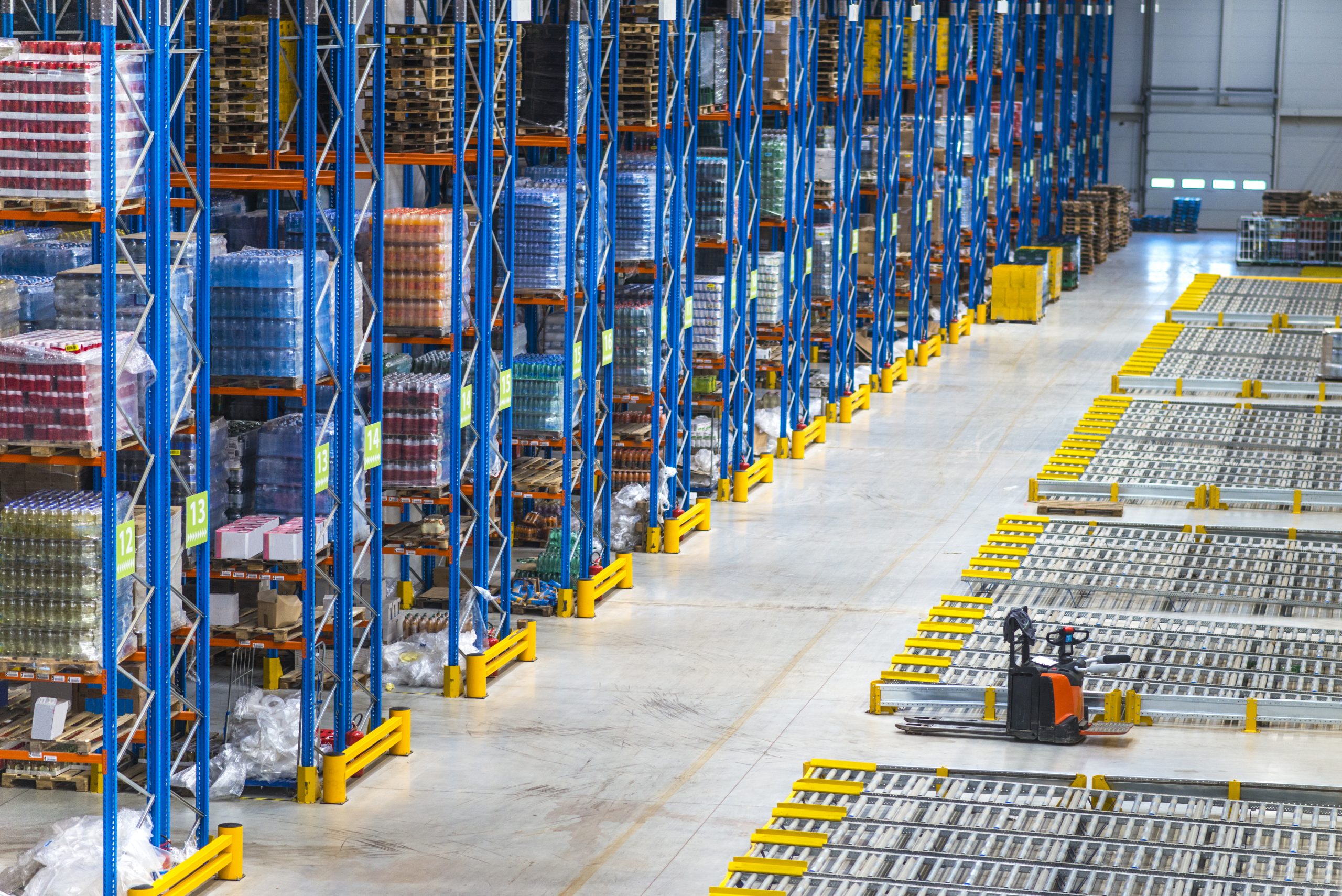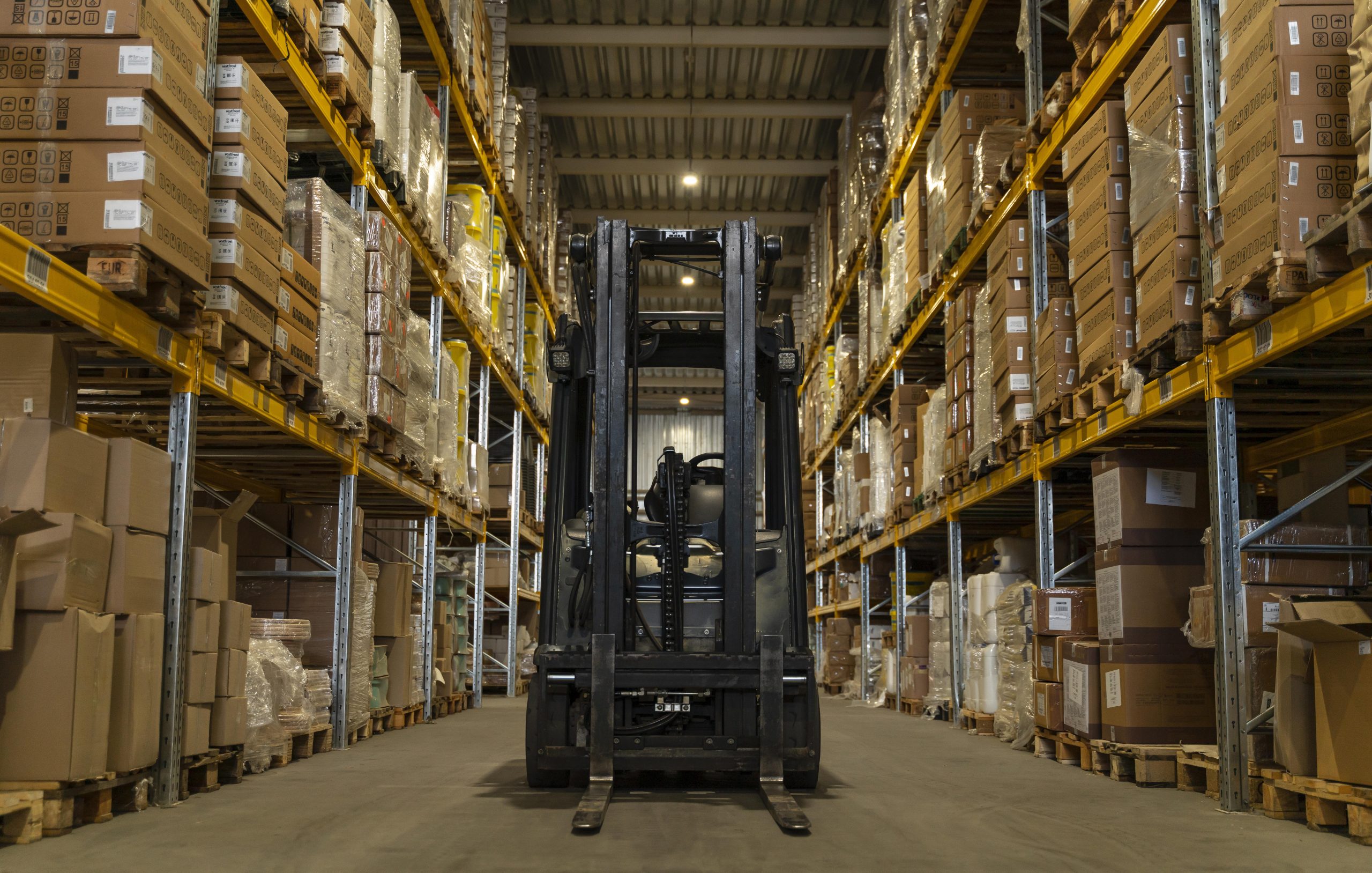If you’re managing your warehouse using Excel spreadsheets, or even worse, with pen and paper, and you’re constantly dealing with inventory nightmares or missing items, it’s time to explore WMS solutions.
A Warehouse Management System (WMS) is a software tool designed to automate and track all warehouse processes. With a goal of achieving 97% inventory accuracy, a robust WMS manages everything from receiving goods, put-away, picking, packing, and shipping. By implementing a software solution that monitors, automates, and optimizes all warehouse processes, you can enjoy numerous benefits, some of which we’ll discuss below.
What are the essential features of WMS?
Picture a well-organized warehouse with no paperwork, where items are neatly sorted and stored. Everything is automatically placed on shelves in the right order and tracked using barcode scanners. Say goodbye to lost items and confusion, as the entire company can now access real-time inventory information.
A Warehouse Management System (WMS) monitors the flow of items within the warehouse. While it shares some features with ERP software, WMS typically integrates with external ERP solutions. As a result, departments like sales, marketing, procurement, and others can access real-time inventory information, streamlining their tasks and enabling more precise planning.
Main features of quality WMS:
– Streamlining all warehouse operations, including receiving, put-away, picking, packing, shipping, inventory checks, and more.
– Seamless documentation workflow, with automated integration into the organization’s business software (ERP).
– Enhanced workforce management through workflow optimization, improved goods flow, and error reduction.
– Utilizing barcode terminals for receiving, tagging, and picking items, while storing real-time information in a centralized database.
Types of WMS solutions
WMS is typically an independent software solution that can be connected to other business intelligence systems, such as ERP systems. For instance, if you use SAP ERP, it can be integrated with your chosen WMS system to facilitate seamless data exchange.
Another type of WMS is a module within an existing ERP system. The main drawback of such an add-on is that it lacks the advanced features and customization options available in standalone Warehouse Management Systems, potentially limiting its ability to meet all your operational requirements.
Although some smaller organizations still rely on spreadsheets, WMS has become an essential component of modern warehouses for SMBs and corporations alike. WMS solutions are scalable and modular, designed to be customized for each company’s needs, making standalone WMS software the preferred choice for many businesses.
Standalone WMS can adapt to the company size, warehouse complexity and specific warehouse processes, which can help you grow your business and scale more easily.
Main benefits of WMS
Warehouse workflow and process automatization bring numerous benefits you might miss at first sight. To give you a better overview of how WMS can help your company, we made a list of such solutions’ top advantages.
a) Reducing costs and optimizing space
WMS is a smart system that monitors all warehouse processes and offers the best solution for maximizing storage space efficiency. By analyzing item movements and storage locations, you can make informed decisions on the optimal placement of goods for efficient movement. This saves valuable storage space and minimizes the time spent on warehouses tasks.
Other areas of optimization
– Improved warehouse space utilization,
– Timely and accurate item delivery, resulting in fewer shortages or excesses of goods,
– Reduced time spent on employee training and onboarding,
– Quicker picking and packing, and no more searching for misplaced items.
These improvements lead to decreased operating costs and a smoother flow of goods through the warehouse.
WMS can also enhance item movement by implementing standard protocols such as first-in-first-out (FIFO), last-in-first-out (LIFO), and first expires-first-out (FEFO).
No matter how complicated your processes are, WMS will help you with automation and therefore reduce your costs in the long run.
b) Real-time inventory visibility
WMS enhances the accuracy and visibility of your inventory, all in real-time. By generating various reports, you can know the exact quantity of each item in your warehouse. This level of precision and transparency is achieved through barcode scanning of every item and location within the warehouse. This reduces the number of lost items and improves inventory accuracy. Integrating these accurate metrics with your ERP boosts efficiency and decision-making across the entire company, not just within your department.
c) Labor efficiency
WMS automates task assignments to the appropriate warehouse workers. In addition, optimizing travel time within the warehouse is one of the most significant benefits WMS offers to improve labor utilization. By determining the best picking method, you shorten the path between points A and B, increasing your staff’s efficiency. You can even analyze your goods and rearrange your warehouse layout so that high-demand items are closer and quicker to pick and pack.
Elimination of paperwork and introduction of barcode terminals enables employees to work efficiently and to focus only on their core tasks, and at the same time decreasing errors in picking and packing.
d) Serialization and item tracking
Items in the warehouse can be easily tracked using their serial number and their batch, for example, their LOT number. In this way, if you manufacture from raw materials, you can track the entire process, from raw materials to the finished product, and the serial or LOT number will indicate which items the finished product is made of.
WMS can assist with tracking and connecting items to incoming orders, providing you with a better overview of the flow. It also contributes to planning and resource allocation. You can reduce costs with real-time, detailed inventory insights, avoiding unnecessary orders or lost items.
e) Enhancing the supply chain
The Warehouse Management System impacts the entire supply chain through its automation capabilities. Processes in the warehouse, from incoming goods and paperwork to delivery, are streamlined and automated. Precise and speedy shipping, combined with the elimination of unnecessary steps, boosts efficiency and reduces costs. Implementing WMS can also strengthen partner relationships by enhancing supply chain performance and providing better service to your clients.
f) Reducing operational costs for warehouse equipment
A warehouse utilizing WMS experiences significant automation, which lowers the burden on both the workforce and equipment. This leads to cost savings on equipment depreciation, reduced electricity and gas bills, and a decrease in the use of materials like paper.
Additional benefits of WMS include an improved user experience through accelerated workflows from order placement to delivery, as well as ongoing optimization of warehouse processes based on insights gathered from reports.
Who is using WMS?
If you’re curious about which industries utilize WMS, the answer isn’t tied to a specific industry but rather the size and complexity of the warehouse.
Distribution companies, 3PLs, retailers, manufacturers, and other trading businesses employ WMS. Warehouse Management Systems are highly beneficial in industries such as food, electronics, textiles, tobacco, and any other sector that manages large inventories.
The need for a WMS arises when you struggle with managing your inventory effectively and have outgrown the use of paper or Excel spreadsheets.
WMS scalability enables even smaller businesses to adopt high-quality solutions and streamline their operations, preparing them in advance for business growth and enhancing their ability to scale.
Conclusion
The Warehouse Management System offers a multitude of advantages. A top-notch solution assists in automating standard processes within the warehouse, providing real-time insights into workflows and inventory management.
Improved equipment and workforce utilization, as well as enhanced space management, are among the key benefits.
WMS is a versatile business software that delivers comprehensive statistics and automates data exports for all departments, such as accounting and sales.
If you’re interested in learning more, please get in touch with us, and we’ll gladly provide our expert consultation.







